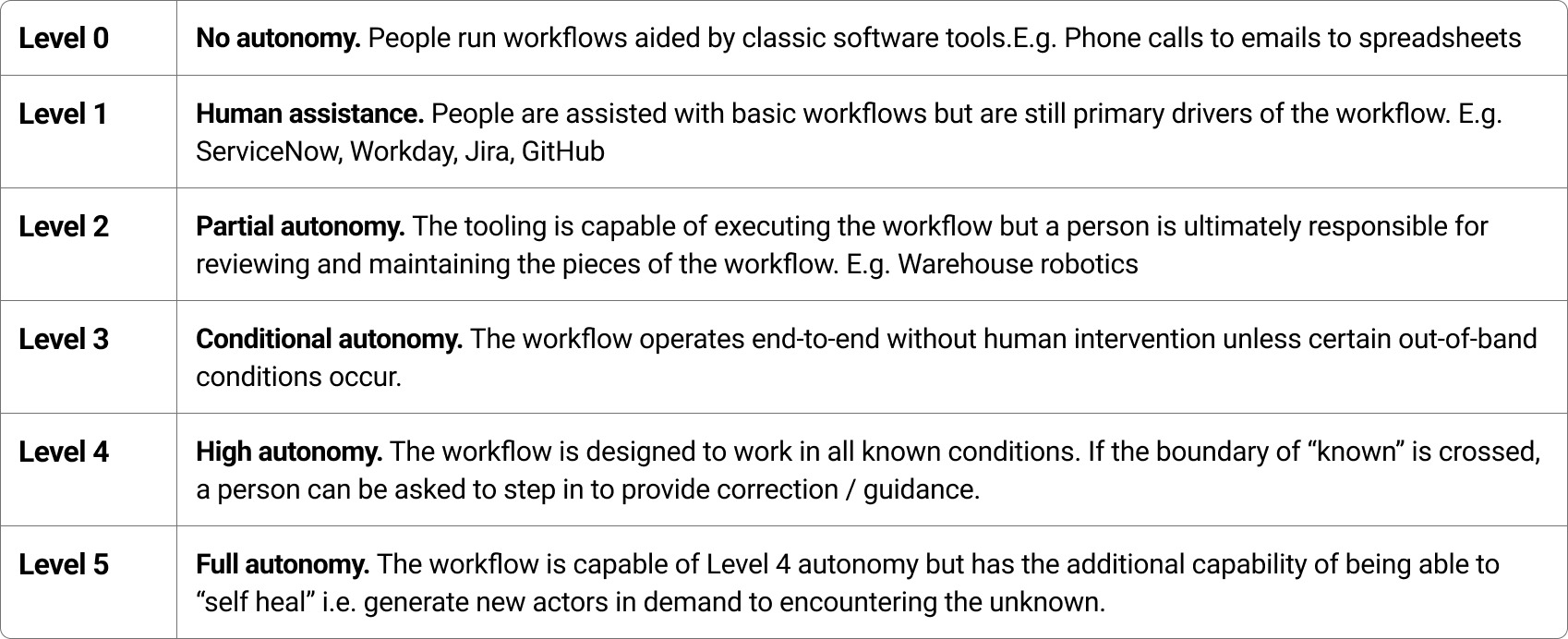The Paranet is positioned to power a trillion-actor economy across robotics, logistics, energy, and defense.
The infrastructure layer for autonomy
AI: From Exponential --> Tetration
As we stand on the cusp of a new digital era, this chart illustrates the transformative journey of the internet and its next frontier. On the left, we see the remarkable growth of the Web/User Internet, tracing its roots from the first thousand computer users in 1965 to over 5 billion connected individuals today. This S-curve reflects decades of innovation—powered by personal computers, smartphones, and global infrastructure—that has democratized access to information and commerce. Yet, as we approach 2030, user growth is nearing saturation, limited by the world's human population and adoption barriers.
The right side projects the explosive rise of the Paranet/Autonomous Internet, a network driven by intelligent agents. This ecosystem is poised for hyper-exponential expansion: reaching a billion by 2030, 10 billion by 2040, and a staggering 1 trillion by 2050. These agents—entities capable of autonomous decision-making, transactions, and interactions—represent the future of scalable, efficient digital economies.
The Paranet isn't just an evolution; it's a revolution that could dwarf the internet's $8 trillion annual economic impact.
1.1 Web/User Internet Growth
1.2 Paranet Agents Projection
Full Scale Autonomy (FSA)
Taking autonomy from human-powered to fully capable.
New 8th Open Systems Interconnection Layer
Built on top of existing OSI layers, the Paranet is a new 8th-layer innovation designed for machine-to-machine internet, enabling actors to securely collaborate across networks using semantic skills and routing algorithms instead of traditional APIs. This simplifies complex protocols, security, and connections by abstracting them into logical IP address spaces with infinite namespaces defined by actors and their skills.





